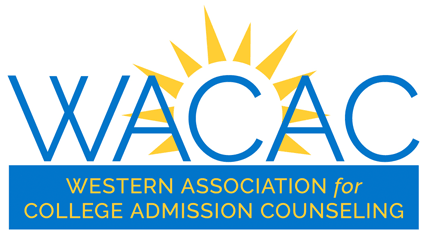In this post, I want to share an article that touches on the issue of college access. I will summarize the article briefly, but I encourage everyone to read over the article; it is a little on the longer side, but I promise that it provides good food for thought.
The article, “Expanding College Opportunities” by Caroline Hoxby and Sarah Turner comes from the journal EducationNext. You can find the article by following this link: http://educationnext.org/expanding-college-opportunities/. It is an interesting article because the issue it addresses is important to both sides of the college counseling desk: high school counselors and college admission staff.
The article addresses the disparity between high-achieving, high-income students and high-achieving, low-income students in applying to selective colleges. The authors state that high-achieving, low-income students are not applying to selective colleges because these students do not have access to the necessary information they need about college quality and costs. The authors state that this population of students is likely to succeed at selective colleges due to their preparation and will likely have higher net college costs at less selective colleges; therefore they should be applying to a variety of colleges, including selective colleges. The authors go on to present an experiment they conducted, for which they offered more individualized information and resources to a population of high-achieving, low-income students. The outcome of the experiment was positive.
Although the experiment shows great promise, I think the value of the article is in the issue of college access and what that means for us as high school counselors and college admission staff. The article addresses how a specific population of students–high-achieving and low-income–is not realizing their potential due to lack of appropriate information about college options. Both sides of the profession have a responsibility to help ALL students realize their potential by making students aware of their options.
So what can we do? Some thoughts: High school counselors can work more closely with teachers to help identify these students. They can also learn to look at student test data and results more closely. Likewise, admission counselors can work more closely with high school counselors to help identify students. An important component to all of this better communication with each other.
The goal here is not necessarily to offer a solution to this problem, because there is no one-size-fits-all solution. But the hope is to create a conversation about the things we can do to be more aware about the different populations of students we work with and what we can do to help them. Although it might be somewhat idealistic to think that we can develop individual ways to work with different populations of students–after all we only have so much time in one day–it is important that we at least acknowledge that these differences exist.
By Maria Rodriguez
DEA Committee
* Image from http://www.tigerwoodsfoundation.org/image/programs/scholarships/HigherEd_CollegeAccess.jpg

I see this all the time with students I work with – many feel that their only option is community college, because of their family’s financial situation. They are surprised to find out that they may be eligible for grants and scholarships to cover some or all of their expenses.